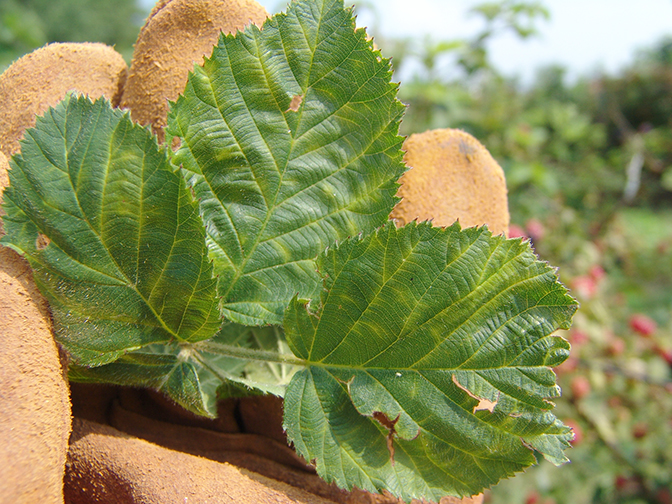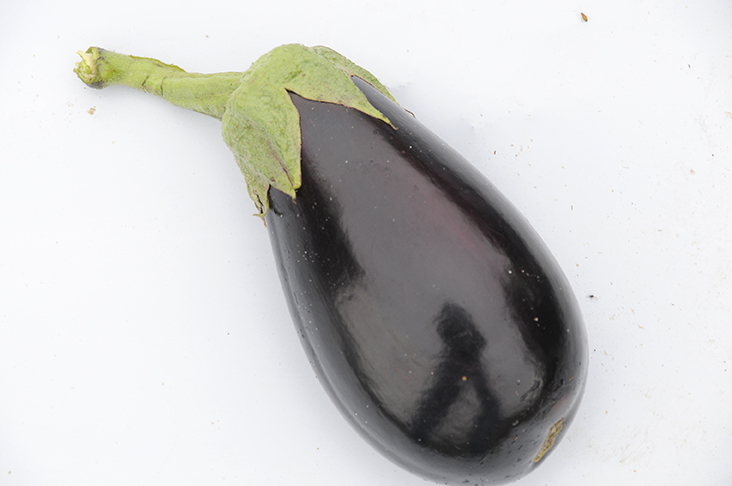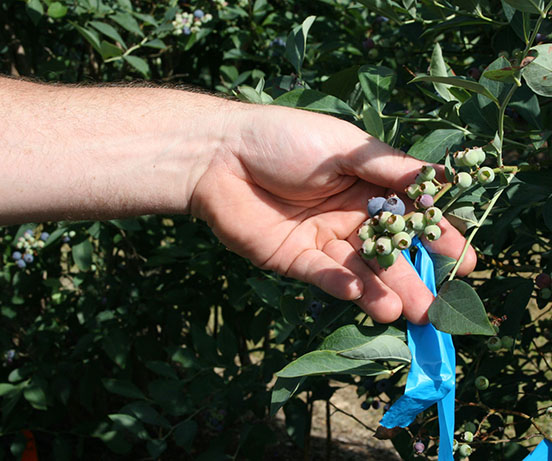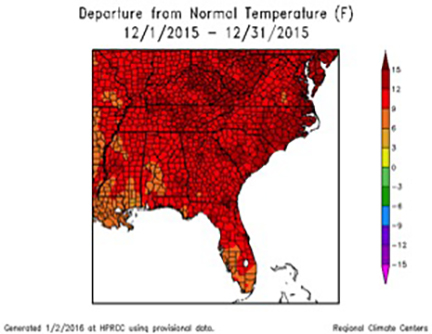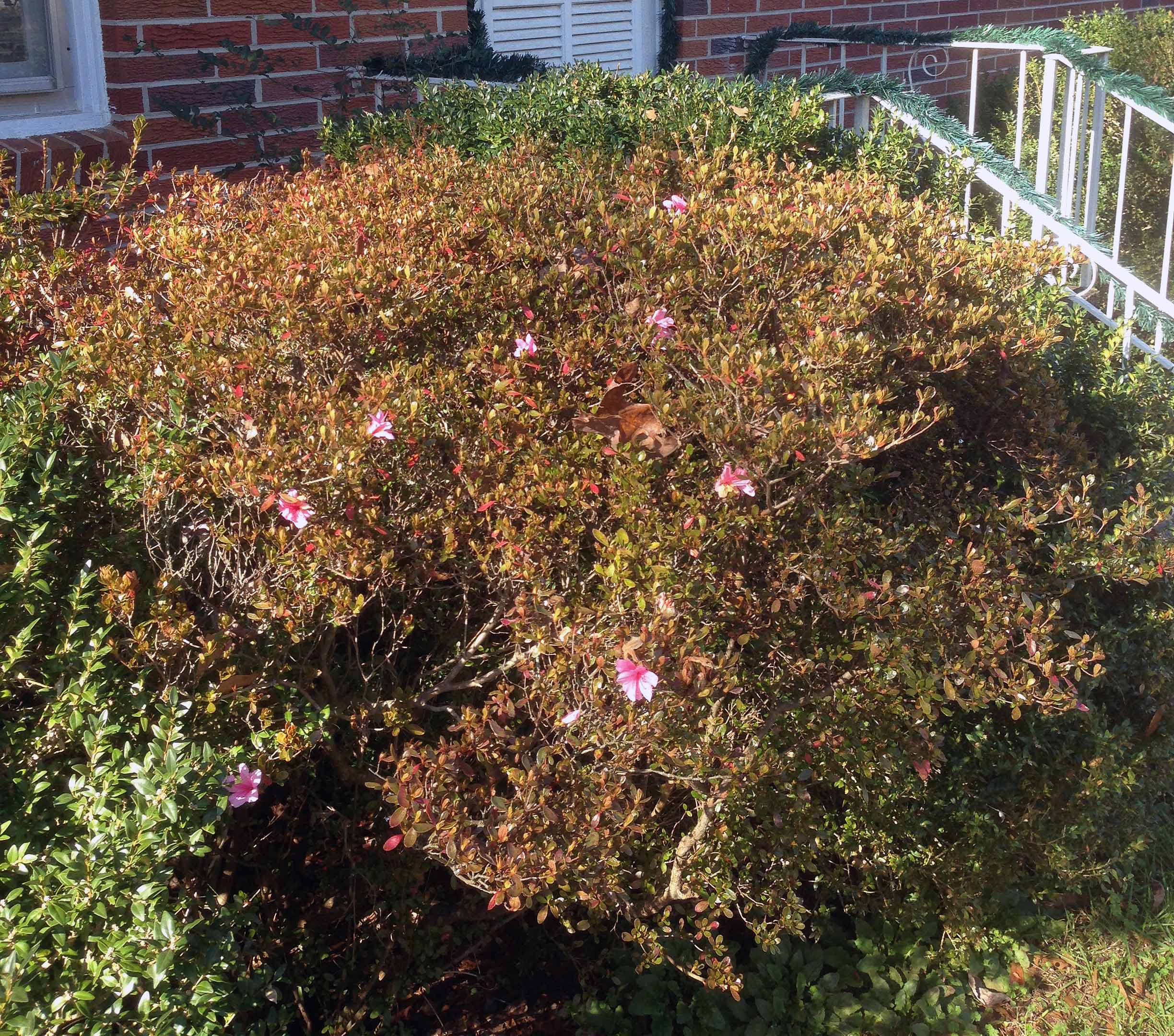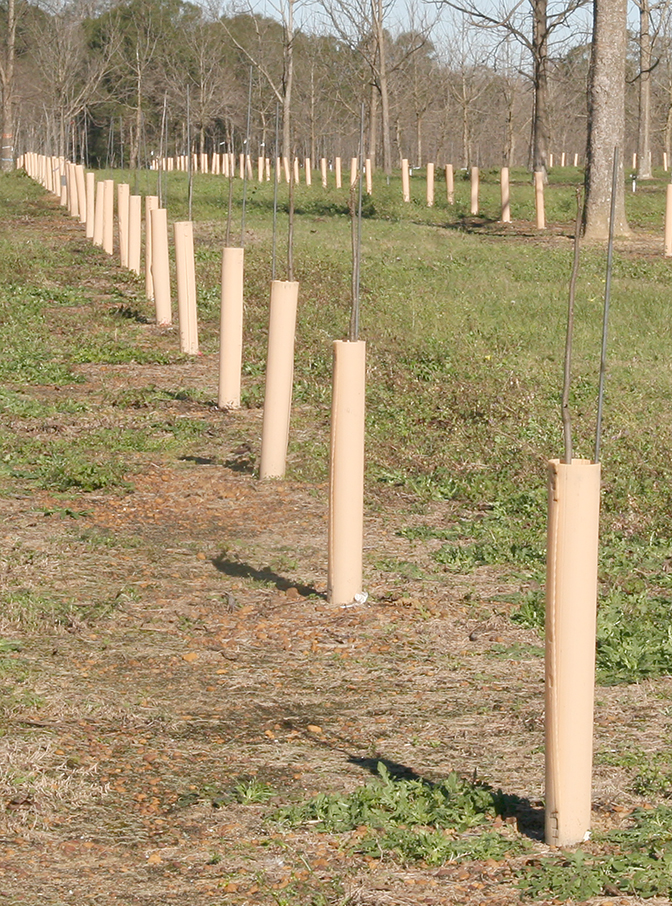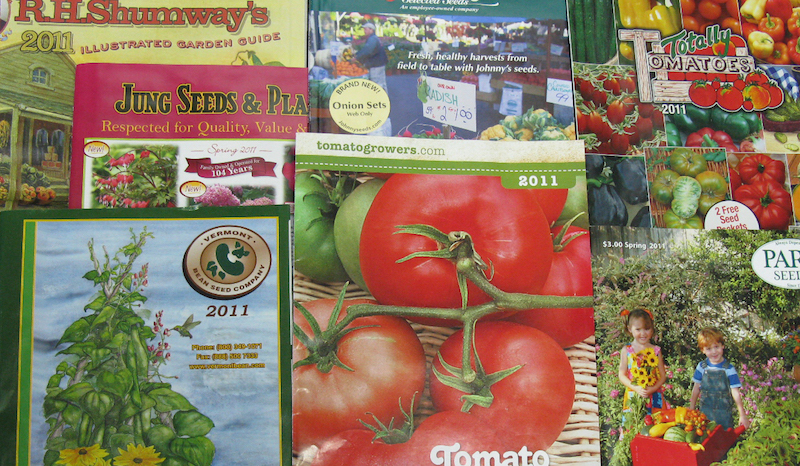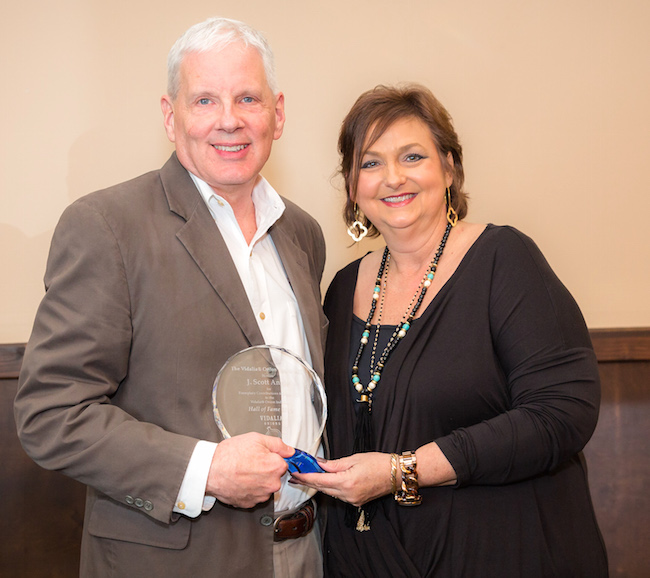 CAES News
CAES News
Onion Hall of Fame
J. Scott Angle, former dean and director of the University of Georgia College of Agricultural and Environmental Sciences, has been inducted to the Vidalia® Onion Hall of Fame by The Vidalia® Onion Committee. Angle’s induction was announced during the committee’s annual awards banquet held on Feb. 6 at the Hawk's Point Golf Club in Vidalia, Georgia.



